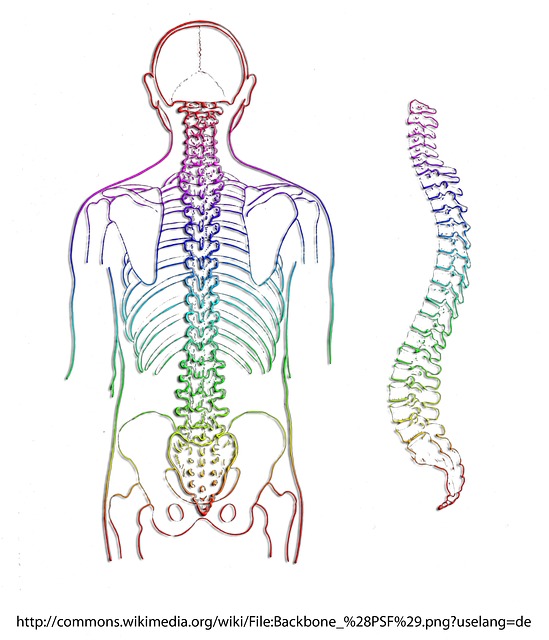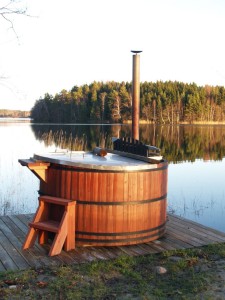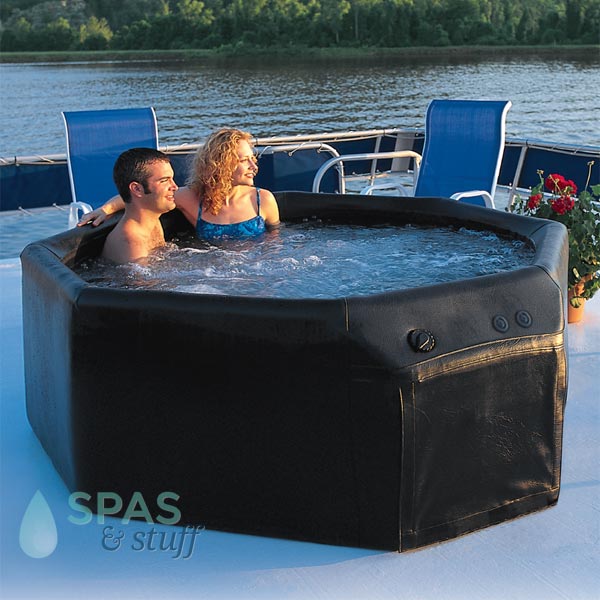
According to the National Institutes of Health, back pain is the most common cause of missed work days and disability claims. Physical therapy, medication, and even ultrasound therapy treatments are often prescribed to back pain sufferers, but one of the oldest, most effective and inexpensive ways to alleviate back pain remains this: taking a hot bath.
How Hot Tubs Help Relieve Back Pain
Heating pads and hot packs are a great way to treat muscle pain, but a better way is to take a hot bath, and an even better way is to sit in a hot tub.
Heat does some pretty great things for back pain sufferers:
- It relaxes muscles, thereby reducing muscle spasms.
- It dilates blood vessels, which increases blood flow and promotes healing.
- It alters pain sensation.
Sitting in a hot tub adds some additional relief:
- It causes the body to release endorphins.
- It promotes restorative sleep.
Hot tubs are so good at relieving back pain that in some states will eliminate sales tax on hot tub purchases made with a doctor's note.
Choosing the Right Hot Tub for Your Back Pain
When shopping for a hot tub to alleviate your back pain, you want to pay close attention to the following features:
- Jets -- It is important that the jets be positionable, so you can focus them on the areas experiencing pain. There are different types of jets: massage jets that oscillate and whirlpool jets that concentrate the stream of water. Some manufacturers will customize the type and position of the jets based on your needs.
- Shape of the hot tub shell -- Look for models that have lounge-style seats so you can choose to sit up or lay back depending on your comfort needs. Also look for models where you can fully immerse yourself.
We carry many hot tub models with lounge seat options. Check them out!
Ways to Use Your Hot Tub for Back Pain Relief
Simply sitting and soaking in a hot tub will provide a lot of relief, but there are other things you can do with/in your hot tub to help soothe your aching back:
- Bring a tennis ball into the tub with you. Trap it between your body and the tub to apply rubbing pressure to your muscles.
- Do stretching exercises. The heat softens up your muscles and makes stretching easier and more effective.
Some Precautions to Consider
As with anything, there are some precautions to take when you use a hot tub to relieve your back pain:
- Don't turn it up too hot. Temperatures that are too high can exhaust your muscles and create a sense of exhaustion, which is not the same as relaxation. Also, while your muscles may feel limp, high temperatures actually rev up your nervous system. The water should be pleasantly warm, but not hot. If you are pregnant, hot tubs should be kept barely above body temperature.
- Do not use heat to treat a fresh injury. If your skin (pre-hot tub) is hot and red or swollen, do not heat the area. You could make the injury worse. Ice is for injuries. Heat is better used for muscle soreness and pain. If you are unsure whether or not to appy ice or heat, see your doctor for advice.
- And while we are on the topic of doctors, it's a good idea not to use a hot tub for any medical condition without first talking to your doctor. Definitely do not use a hot tub if you are using medications that cause drowsiness.
- Never exceed the time limit or temperature limit recommended by the hot tub manufacturer.
Resources:













